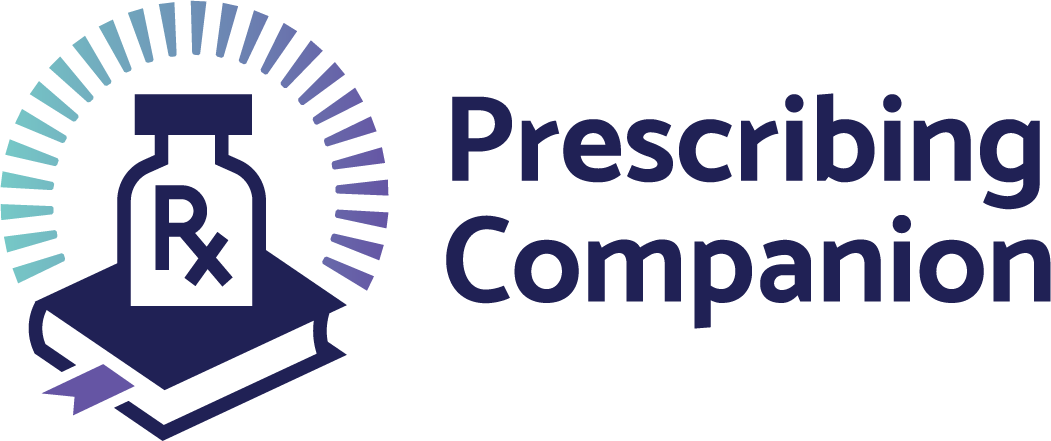Hyperosmolar Non-Ketotic Coma (HONK)
exp date isn't null, but text field is
Persons at risk: elderly patients
Triad of diagnosis:
- Hypovolemia
- Hyperglycemia (as high 30mmol/L or 545mg/dl)
- Hyperosmolality (> 320mOsmol/kg; calculated as [2Na+] (mmol/L) + glucose (mmol/L) + BUN (mmol/L))
SIGNS AND SYMPTOMS
- Confused/reduced consciousness and dehydration.
TREATMENT
- Fluid replacement is more important than insulin even if blood sugar is high; however, fluids should not be given too rapidly to avoid large electrolyte shifts.
- Give 2 liters Sodium Chloride 0.9% in the first hour, then 1 litre every hour. Adjust to slower rate if elderly patient with risk of heart failure.
- Change to Dextrose 5% when blood sugar approaches normal levels. Aim for blood glucose levels of 180 – 270mg/dl (10 to 15mmol/l) in first 24hrs.
- Insulin should only be given if urine ketones ≥ 2+ at presentation or blood glucose falling at a rate of ≤90mg/dl (5mmol/l) despite adequate rehydration. If there is an infusion pump use rate of 0.05 units/kg/hr. of short acting/soluble insulin; Or give 10iu Soluble Insulin IV stat; this is usually enough.
- Do not try to lower the blood sugar rapidly at all costs by giving high doses of insulin.
Potassium Chloride
- Aim to keep potassium level between 4 to 5mmol/L
- Withhold potassium chloride in the first two liters and do not give > 20mmol/L of K over 1 hour.
- Adjust / individualize insulin treatment when fully conscious and eating as described under Endocrine Disorders.
